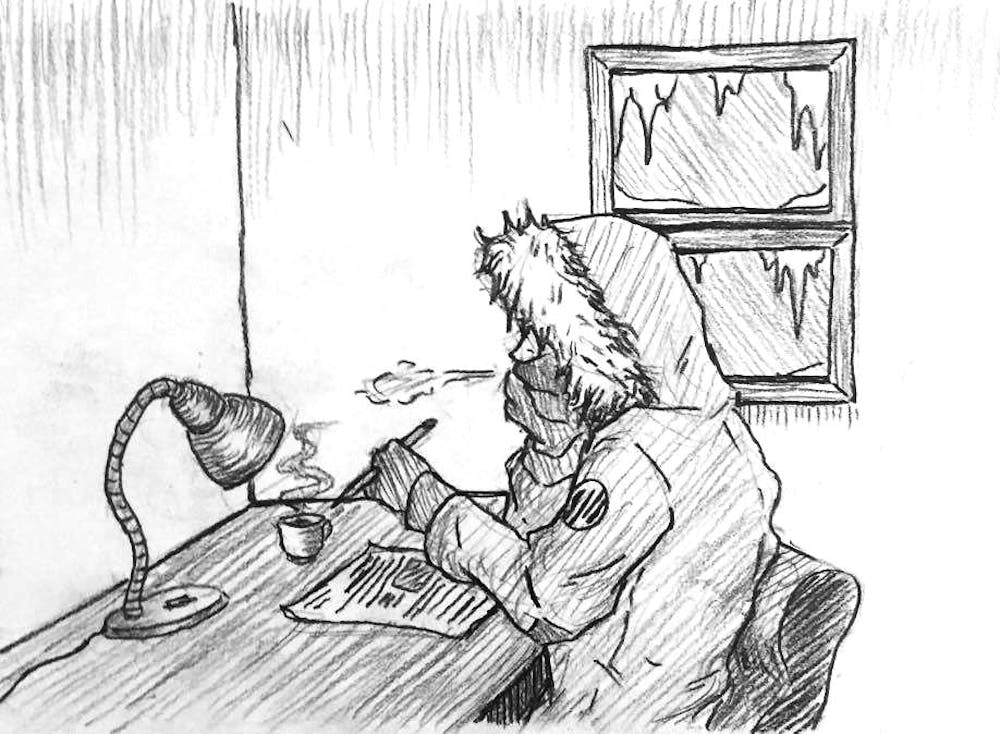While the sudden arrival of fall has Brown students shivering, the Department of Facilities Management works to keep the student body warm and reduce Brown’s environmental impact.
Some students have voiced concerns about the temperature in their rooms. Pranav Nagalamadaka ’20, a Keeney Quadrangle resident, said that he has resorted to wearing a sweatshirt and sweatpants to bed. Robert Williams ’18, who lives in Graduate Center, said that he tries to ignore the cold and spends “a lot of time hiding under (his) comforter.”
But heat will soon be available in all dorms. “The system literally was just getting fired up to the initial stages last week,” said Christopher Powell, assistant vice president of sustainable energy and environmental initiatives.
Facilities is tasked with heating all 240 of Brown’s buildings, including 49 residential buildings. Most of these buildings are heated by the central heating plant on the north end of campus. The plant “heats about 4.5 million square feet of the campus, and it takes about a week or so to get up to temperature,” said Stephen Maiorisi, vice president of facilities management. “We usually (turn on the plant) at about the end of September.”
Facilities sent out a schedule outlining when the heat will be on in each of the buildings Sept. 30, which stipulates that all buildings should have heat by the end of the month.
In addition to making sure that the student body stays warm, facilities is tasked with reducing both the environmental and economic costs of heating so many buildings. “The residence halls represent about 25 percent of (the) total square footage of our campus, and they use 15 percent of our total heating bill for the campus,” Maiorisi said. Of the roughly $10 million the University spends on heating the campus each year, about $1.5 million goes to heating dorms, he added.
This cost has been reduced in recent years thanks to a $3 million project several years ago that put a thermostatic radiator valve — the white knob on dorm room heaters that regulates temperature — in every dorm room. This project cut the cost of heating the dorms by about $400,000, Powell said.
The project is part of a much larger goal to reduce the University’s carbon footprint to 42 percent of the 2007 level by 2020, Powell said. The University has already reduced its carbon footprint by 27 percent since 2007 despite adding about one million square feet in that same time period. Brown emits about 53,000 metric tons of carbon dioxide per year, Powell added.
Students can help lower carbon emissions by being responsible when heating their rooms and regulating the temperature with valves. Instead of students opening the windows when their dorms are too hot, “the key is (to) use the windows when you want fresh air, but don’t use the windows as a thermostat,” Powell said.





